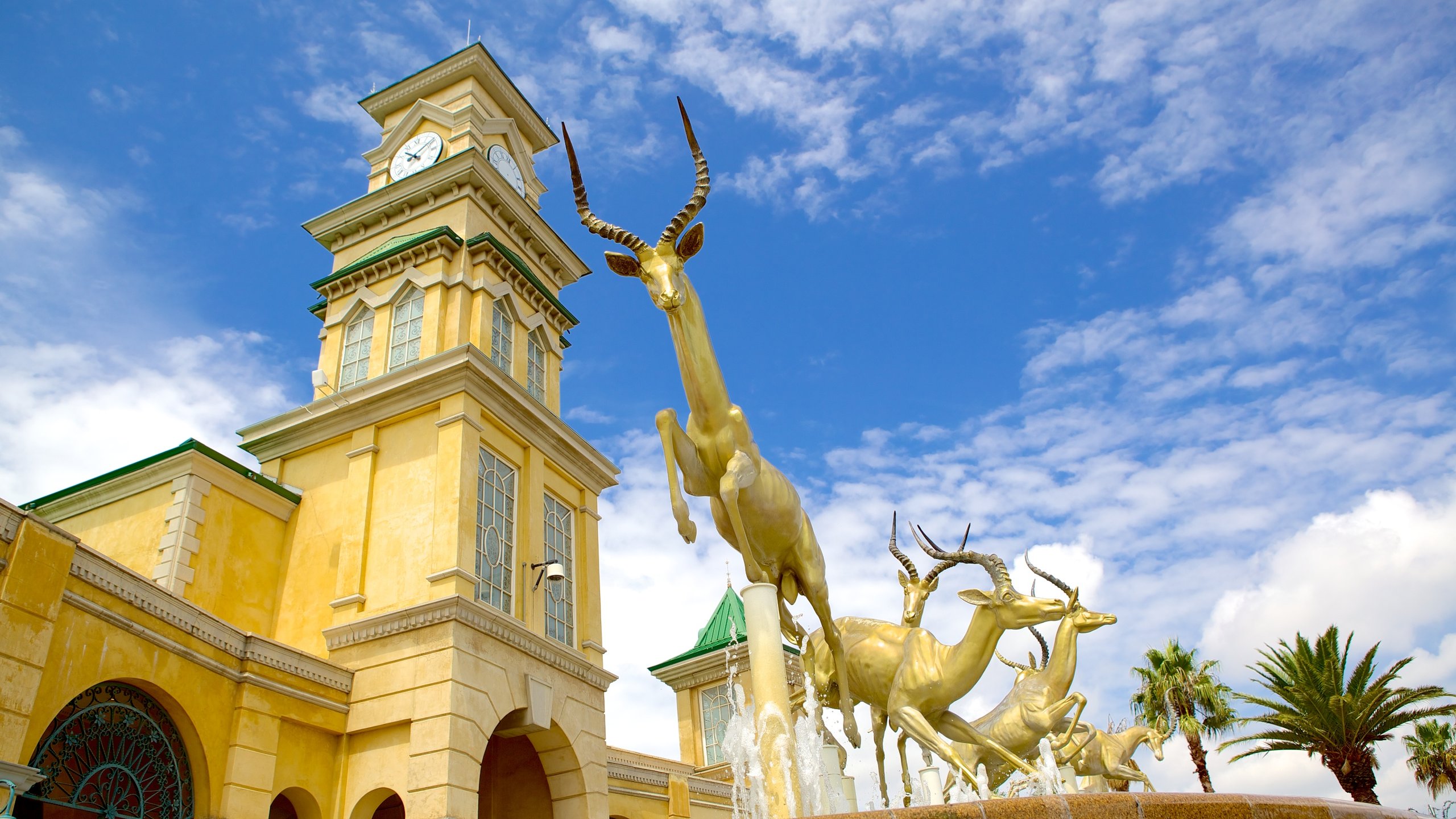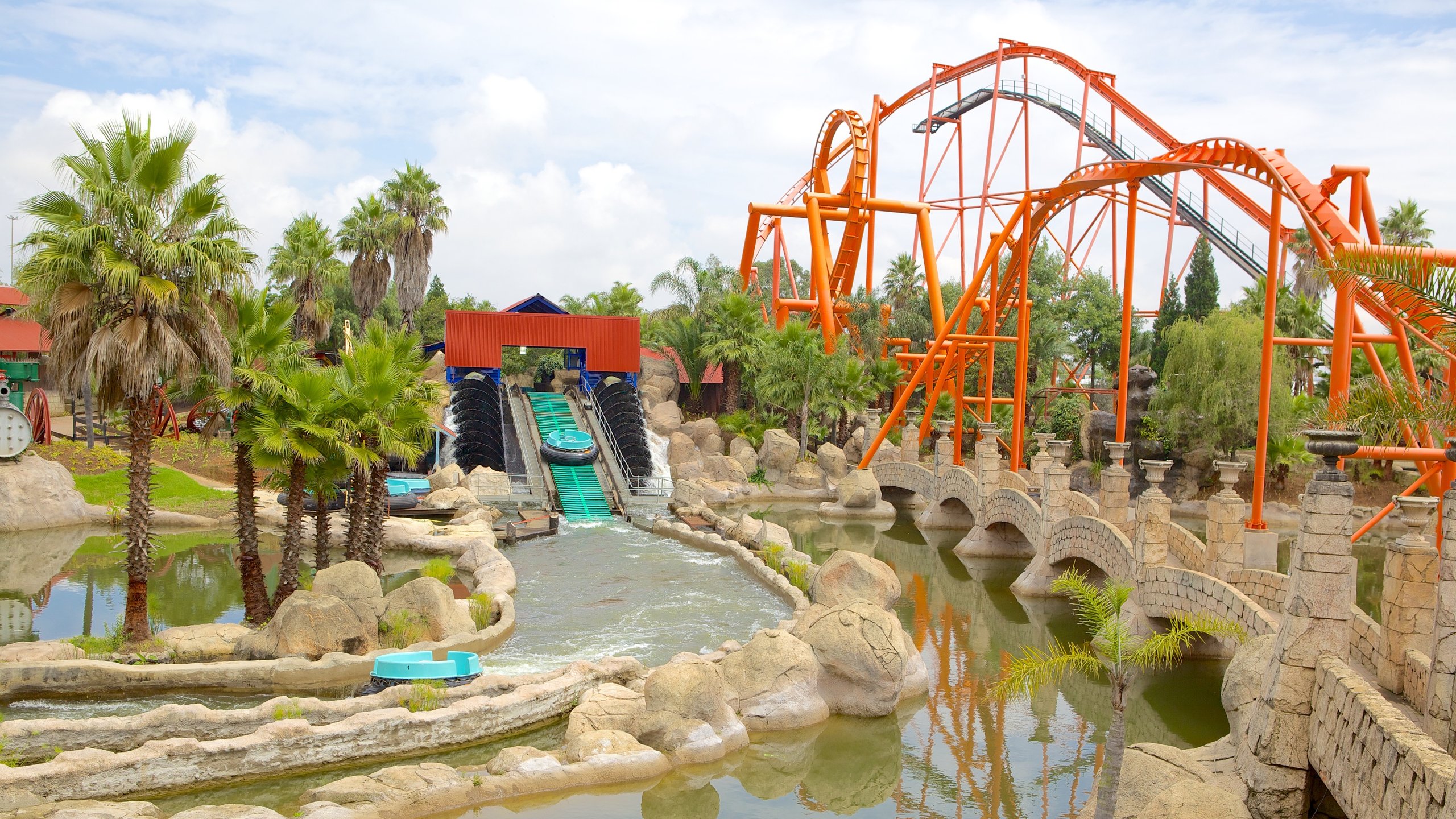Johannesburg North Attractions Fundamentals Explained
Johannesburg North Attractions Fundamentals Explained
Blog Article
4 Simple Techniques For Johannesburg North Attractions
Table of ContentsThe 8-Minute Rule for Johannesburg North AttractionsThe Main Principles Of Johannesburg North Attractions Johannesburg North Attractions Fundamentals Explained8 Simple Techniques For Johannesburg North AttractionsSome Known Facts About Johannesburg North Attractions.Johannesburg North Attractions for Beginners
The city owes its area to the presence of a much more precious resource: gold. The city expanded on the edge of the Witwatersrand Main Reef, a subterranean stratum of gold-bearing quartz-silica conglomerate that arcs for numerous miles below the Highveld. A lot of the gold mines in the city ceased operation in the 1970s, yet in its day the Witwatersrand gold sector made up more than 40 percent of the globe's yearly gold manufacturing.Johannesburg has a temperate environment. Summer season temperatures average about 75 F (24 C); winter months temperature levels average regarding 55 F (13 C) and only sometimes dip listed below cold. The city enjoys about eight hours of sunlight per day in both winter season and summer season. Rainfall standards about 28 inches (700 millimetres) per annum, yet the total varies considerably from year to year.
What rain the city receives drops almost exclusively in the summer months, typically in incredible late-afternoon electrical tornados. Air pollution positions a considerable issue, specifically in the cold weather, when thermal inversions hamper the westward circulation of air from the Indian Ocean. Pollution is most serious in the densely worked out Black areas on the city's perimeter, where numerous residents still count on coal for fuel.

The Greatest Guide To Johannesburg North Attractions
The equilibrium of the city is inhabited by whites. Accommodation varies in character and high quality. Soweto is notorious for its unlimited rows of municipally built, two-room matchbox homes, yet it likewise has a few prosperous enclaves along with bristling squatter camps, where tens of thousands live without water, electricity, or hygiene facilities.
Physical development, although rather restricted by transportation, proceeded quickly as migration to South Africa, and Johannesburg particularly, raised significantly. This problem was addressed in the 1930s when the automobile was introduced in mass production to South Africa. Automobiles were, for the a lot of part, restricted to the wealthy, and allowed them to transfer to the north of the city and commute into the centre.
The majority of poor suburban areas were blended, with bad blacks and whites living with each other, although the well-off residential areas were usually reserved for whites.
The previous system of eleven phoned number regions was reorganised in 2006. Marshalltown, as seen from the top of the Carlton Centre. The M1 and M2 run behind the structures, and the southern suburban areas expand past the highway boundary. The central city of Johannesburg lies within the city's Region F. The estimated populace of the area is 200,000, [] but the number of people residing in the internal city on an informal basis is unknown, as several are illegal aliens. The majority of higher-income homeowners and white people have relocated to the northern suburbs and have actually been replaced by lower-income black individuals. The joblessness, education, and age profiles of the area are all unidentified, as a result of the trouble of getting trusted information regarding the location.
The Only Guide to Johannesburg North Attractions
Centred on my blog the CBD, the region consists of the suburban areas of Yeoville, Bellevue, Troyeville, Jeppestown, and Berea to the eastern. To the west it spreads out to Pageview (Johannesburg North attractions) and Fordsburg. There are little commercial locations to the south, such as City West-Denver and Benrose. Around 800,000 travelers pass with the central city everyday, and it functions as a local buying node for site visitors from the discover this info here southerly suburbs. Yeoville and Bellevue have a mix of apartment and single domestic units on small great deals. The region is situated on a mountainous divide that runs from eastern to west. One of the most obvious geographical function is Observatory Ridge, which is called for the huge observatory located on it. The entertainment spaces are no much longer used, as a result of safety try here and security troubles.

5 Easy Facts About Johannesburg North Attractions Described
R. Tambo International Airport Terminal). The eastern residential areas are several of the oldest locations of Johannesburg, there are huge areas of Jewish and other European backgrounds, most of the population is English speaking. There are 3 fairway along with a number of safeguarded ridges with viewsites. There are several strong and up-market enjoyment and buying areas in the eastern such as the Eastgate Mall and the Greenstone purchasing centre.
Originally built to house male migrant workers, many have been boosted as houses for pairs and family members. The suburb was not traditionally enabled to create work centres within the location, so nearly all of its homeowners are travelers to various other components of the city.
Not known Factual Statements About Johannesburg North Attractions
The domestic areas in the northern residential areas are mainly official, with no considerable areas of informal housing, or real estate that does not have a permanent framework. This is a well-known area, there is a fad of land use change from household to industrial, particularly along main arterial roads and around established nodes.
Roads to the eastern and west are less well established, as there are no highways travelling in that instructions. In the direction of the north border of the city, the thickness of growth lowers, leaving huge locations of untaught land around Midrand.
Some Known Incorrect Statements About Johannesburg North Attractions
, which is located on a hillside forgeting the internal city and Hillbrow.
Report this page